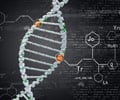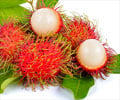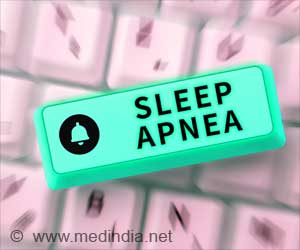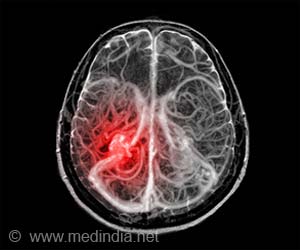Two rival sets of circadian clocks, one in neurons and the other in the fly fat, contol fruit flies' appetite and consumption, analogous to the liver has been discovered a Delhi University alumni.
Two rival sets of circadian clocks, one in neurons and the other in the fly fat, control fruit flies' appetite and consumption, analogous to the liver has been discovered a Delhi University alumni.
Dr. Amita Sehgal, one of the pioneers in research on sleepwake circadian genes, has come up with findings, which extend the circadian clock repertoire into metabolism.Sehgal, Howard Hughes Medical Institute investigator at the University of Pennsylvania Medical School, explained that in fruit flies, Drosophila melanogaster, neurons and fat body tissue exert opposing effects on the storage of nutrient reserves, and thereby on food consumption and the response to starvation.
The fat body clock promotes the storage of nutrients, thereby allowing the animal to survive periods of starvation, while clocks in the nervous system deplete nutrient stores and promote feeding, most likely to replace the nutrients consumed.
Thus, she concluded that a circadian rhythm of feeding is likely controlled by the interaction of these metabolic and neuronal clocks.
To understand how circadian rhythms drive feeding and metabolism, Sehgal charted the expression levels of molecules in the fat body that are known to change over the day:night cycle.
These experiments led to the identification of several molecules that function in lipid metabolism, immune response, detoxification and other different pathways.
Advertisement
"We have found that metabolic signals, such as feeding, can change the expression of some of these molecules. Thus, clocks can drive rhythms of metabolic function, and metabolic signals can affect the clock," she said.
Advertisement
Source-ANI
TRI















